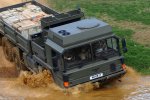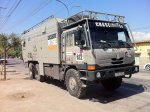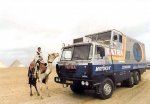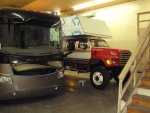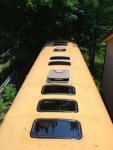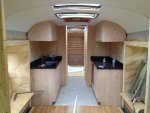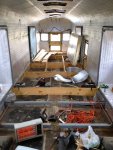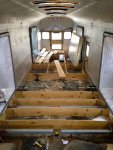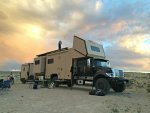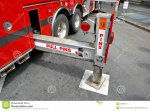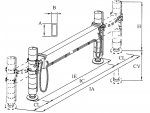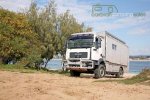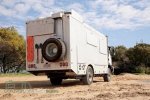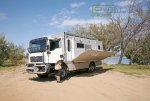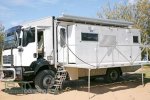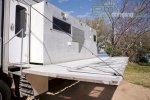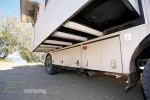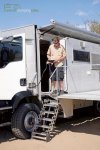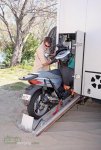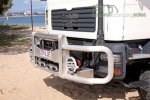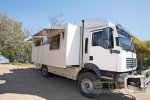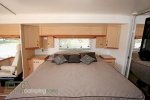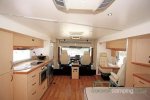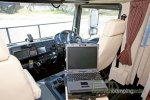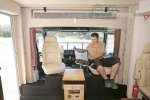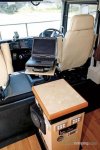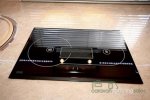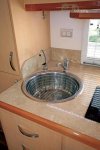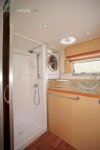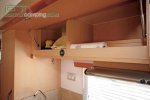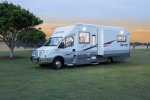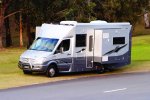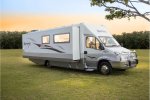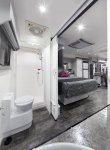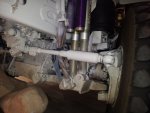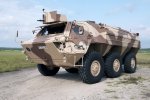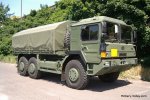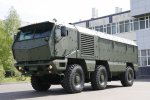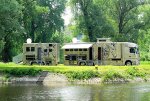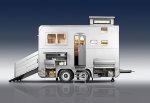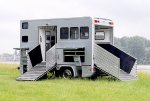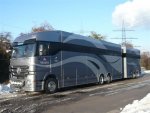biotect
Designer
.
CONTINUED FROM PREVIOUS POST
******************************************
“Horizontal windowing” is very Art Deco, and as you know thjakits, Art Deco “retro-futuristic” exterior and interior styling is one of my central design objectives.
An excellent example of horizontal windowing is the Hoover Building in west London – see http://en.wikipedia.org/wiki/Hoover_Building , http://www.londonlee.com/2007/03/five-miles-out-of-london-on-western.html , http://flickrhivemind.net/Tags/hooverbuilding/Interesting , and https://www.flickr.com/photos/shadow-in-the-water/12499519654/sizes/l :


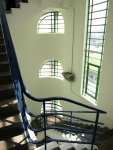


And here are some more examples of Art Deco horizontal windowing:




Although the last Spartan Carousel trailers seem to date as late as 1960, the above images all suggest quite clearly that the Carousel's rear window was decidedly “Art Deco”:
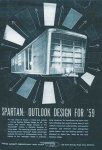
It then occurred to me that the front “panoramic” windshield of the TerraLiner could be built in the same way. The Art Deco idea of “horizontal windowing” could break up a large, overall, curved window into smaller, flat, easily replaceable, rectangular sections, just as you suggested in post #789. The enormous front windshield would be a backward sloping curve overall, as per the Burstner “Panorama” mobile home (see http://www.buerstner.com/uk/motorhomes/integrated_models/grand_panorama.html and http://www.buerstner.com/uk/motorhomes/integrated_models/grand_panorama/360_views.html ), but a windshield composed of flat rectangular glass panels, just like the original VW Kombi split windshield. Just many more flat panels of glass, to create an enormous front window.
What do you think? A crazy idea? A panoramic, "Burstner-type" front windshield, composed of multiple facets of straight, flat sheets of glass........
******************************************
CONTINUED IN NEXT POST
.
CONTINUED FROM PREVIOUS POST
******************************************
“Horizontal windowing” is very Art Deco, and as you know thjakits, Art Deco “retro-futuristic” exterior and interior styling is one of my central design objectives.
An excellent example of horizontal windowing is the Hoover Building in west London – see http://en.wikipedia.org/wiki/Hoover_Building , http://www.londonlee.com/2007/03/five-miles-out-of-london-on-western.html , http://flickrhivemind.net/Tags/hooverbuilding/Interesting , and https://www.flickr.com/photos/shadow-in-the-water/12499519654/sizes/l :





And here are some more examples of Art Deco horizontal windowing:




Although the last Spartan Carousel trailers seem to date as late as 1960, the above images all suggest quite clearly that the Carousel's rear window was decidedly “Art Deco”:

It then occurred to me that the front “panoramic” windshield of the TerraLiner could be built in the same way. The Art Deco idea of “horizontal windowing” could break up a large, overall, curved window into smaller, flat, easily replaceable, rectangular sections, just as you suggested in post #789. The enormous front windshield would be a backward sloping curve overall, as per the Burstner “Panorama” mobile home (see http://www.buerstner.com/uk/motorhomes/integrated_models/grand_panorama.html and http://www.buerstner.com/uk/motorhomes/integrated_models/grand_panorama/360_views.html ), but a windshield composed of flat rectangular glass panels, just like the original VW Kombi split windshield. Just many more flat panels of glass, to create an enormous front window.
What do you think? A crazy idea? A panoramic, "Burstner-type" front windshield, composed of multiple facets of straight, flat sheets of glass........
******************************************
CONTINUED IN NEXT POST
.
Last edited:




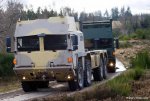
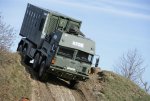


![539968-1920x1200-[DesktopNexus.com].jpg 539968-1920x1200-[DesktopNexus.com].jpg](https://forum.expeditionportal.com/data/attachments/169/169554-32ff66c6f37eae241d0e1d504ecd14a1.jpg?hash=Mv9mxvN-ri)



